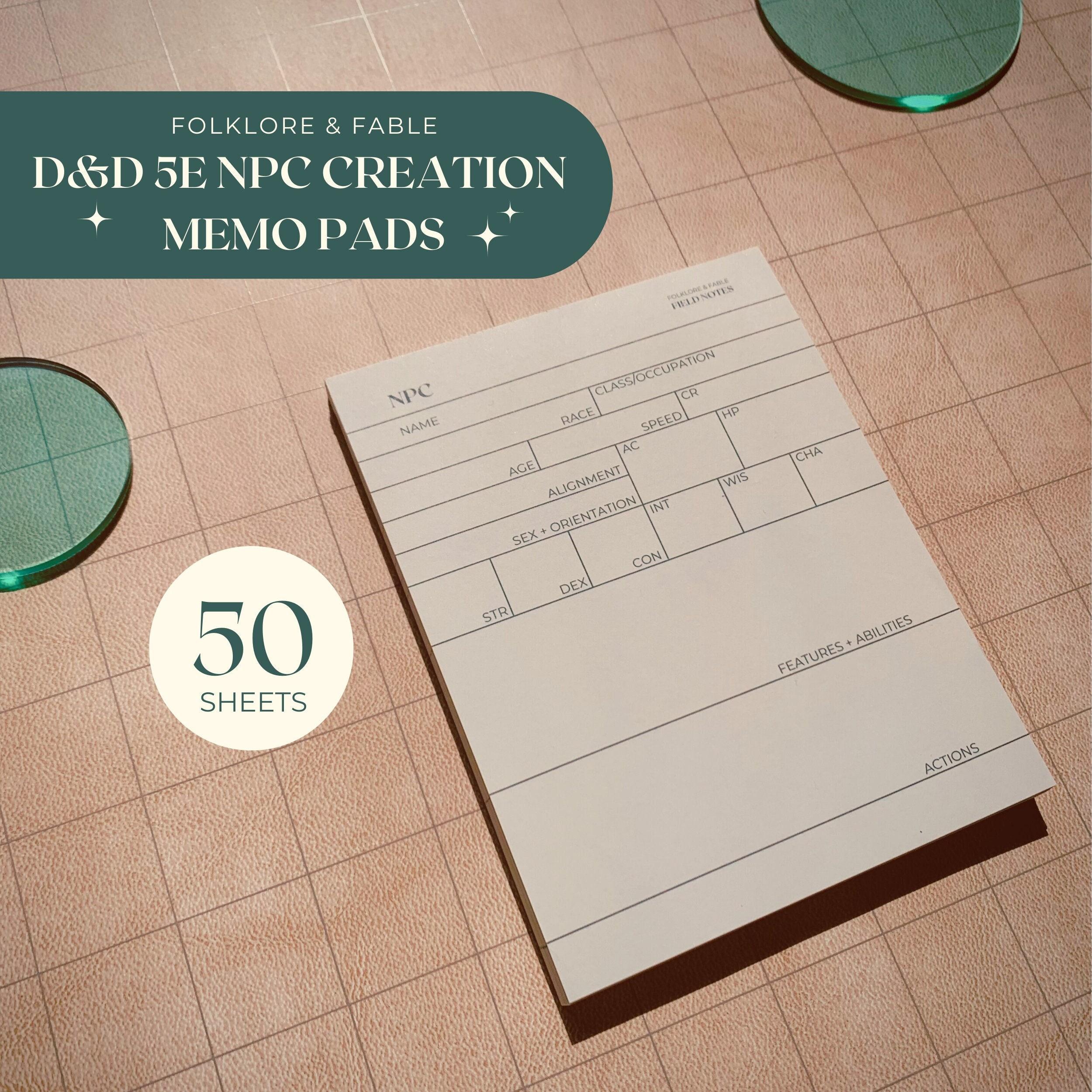Creating NPCs That Feel Alive: How to Build Immersive and Lifelike Characters
In the world of game development, crafting Non-Playable Characters (NPCs) that feel alive is essential for immersion, storytelling, and player engagement. Memorable NPCs can transform a simple digital environment into a vibrant universe where players become deeply invested. But how exactly do you make NPCs that don’t just exist but breathe authenticity? In this guide, we’ll explore practical tips, benefits, and industry insights to help you create NPCs that truly resonate with your players.
Why Creating Lifelike NPCs Matters
NPCs that feel alive can drastically elevate the gaming experience by:
- Enhancing immersion: Players feel more connected when NPCs act and react realistically.
- Driving story progression: Dynamic NPCs can help tell deeper, more engaging stories.
- Adding replay value: Intelligent NPCs with varied behavior encourage exploration and multiple playthroughs.
- Improving world-building: Well-designed NPCs make the game world richer and more believable.
Core Elements of Creating NPCs That Feel Alive
To create NPCs that resonate authentically, focus on these foundational elements:
1. Deep Characterization
Design NPC personalities with depth and nuance. Consider their background, motivations, likes, dislikes, fears, and quirks. This foundation shapes how they interact with the player and other NPCs.
2. Dynamic Dialogues and Reactions
Static dialogues can quickly break immersion. Use branching conversation trees and reactive NPCs that remember player choices or adapt their tone over time. This makes interactions less predictable and more engaging.
3. Believable Behavior and AI
NPCs should exhibit behavior patterns that mimic real life, including daily routines, emotional responses, and adaptive decision-making based on the game’s context.
4. Visual and Audio Cues
Facial expressions, body language, ambient sounds, and voice acting all contribute to how alive an NPC feels. Subtle animations like eye contact or fidgeting can create a stronger connection to players.
Practical Tips for Designing Immersive NPCs
- Use layered scripting: Combine AI logic, random behaviors, and player-triggered events to keep NPC actions varied.
- Leverage personality-driven dialogue: Create dialogue styles unique to each NPC to reinforce their identity.
- Implement memory systems: Allow NPCs to “remember” player interactions and react accordingly later.
- Create environmental context: Ensure NPCs interact naturally with their surroundings, from weather reactions to social dynamics.
- Test and iterate: Observe player interactions and continuously refine NPC behaviors for realism and engagement.
Case Study: How “The Witcher 3” Crafts Memorable NPCs
The Witcher 3: Wild Hunt is praised for its vibrant NPCs that contribute meaningfully to the open world. Key takeaways include:
- Complex motivations: NPCs have distinct goals and moral perspectives.
- Dynamic dialogue: Conversations vary based on player actions and story progression.
- World interaction: NPCs perform daily tasks, enhancing world realism.
This layered approach creates a living, breathing world that players can lose themselves in – an ideal benchmark for NPC design.
Creating NPCs That Feel Alive: WordPress Table Summary
| NPC Design Element | Description | Benefits |
|---|---|---|
| Character Backstory | Build detailed personal histories and motivations | More relatable and interesting NPCs |
| Adaptive Dialogue | Use dynamic, branching conversation trees | Increases engagement and replayability |
| Behavioral AI | Simulate realistic routines and reactions | Enhances world immersion and NPC realism |
| Visual & Audio Feedback | Integrate expressions, voice, and sounds | Deepens emotional player connection |
| Memory Systems | NPCs remember and respond to past interactions | Creates unique, personalized gameplay |
First-Hand Experience: Applying These Techniques
While working on an indie RPG, implementing a layered AI system with memory and adaptive dialogue transformed NPCs from background fillers into dynamic storytellers. Players reported feeling a “real connection” to characters, which directly boosted engagement and game ratings. The key takeaway: investing in NPC authenticity pays off in player satisfaction.
Final Thoughts: Bringing NPCs to Life in Your Game
Creating NPCs that feel alive is both an art and a science. By combining deep characterization, adaptive AI, immersive dialogue, and consistent world interaction, developers can craft NPCs that truly breathe life into their games. These efforts heighten player immersion, enrich narratives, and ultimately make gaming worlds unforgettable.
Start small, experiment with different AI approaches, and iteratively improve your NPCs – your players will thank you for it!









